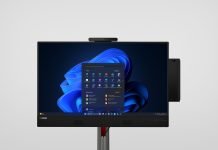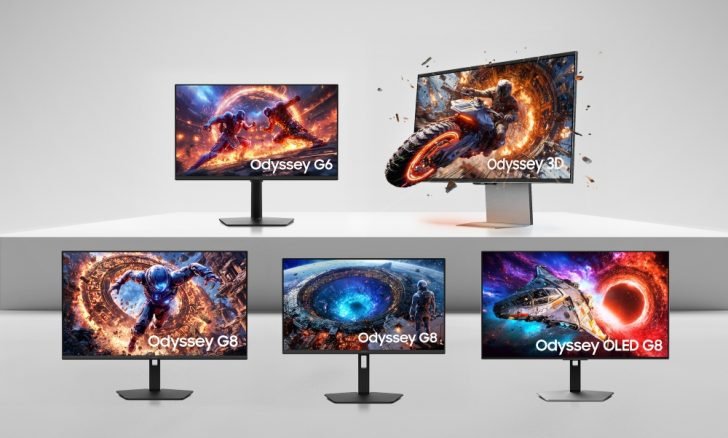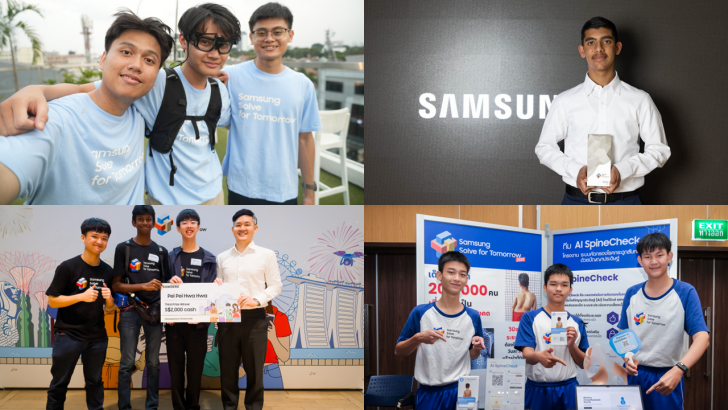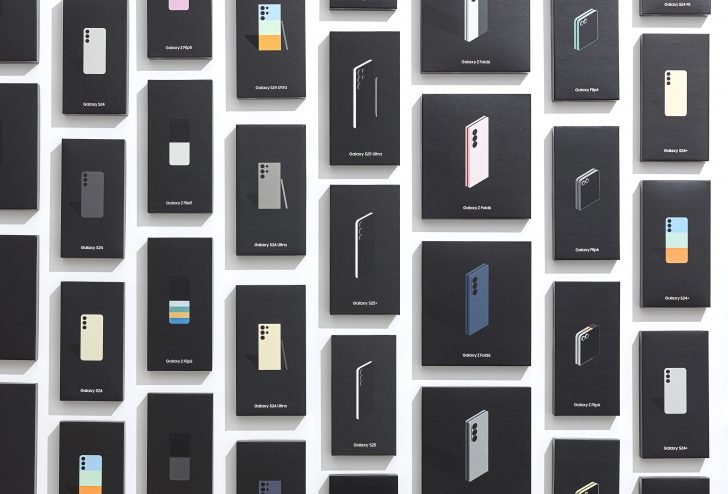The new premium mobile processor comes with hardware-accelerated ray tracing and state of the art Arm-based processing technology
Samsung Electronics, a world leader in advanced semiconductor technology, today announced its new premium mobile processor, the Exynos 2200. The Exynos 2200 is a freshly designed mobile processor with a powerful AMD RDNA 2 architecture based Samsung Xclipse graphics processing unit (GPU). With the most cutting-edge Arm®-based CPU cores available in the market today and an upgraded neural processing unit (NPU), the Exynos 2200 will enable the ultimate mobile phone gaming experience, as well as enhancing the overall experience in social media apps and photography.
“Built on the most advanced 4-nanometer (nm) EUV (extreme ultraviolet lithography) process, and combined with cutting-edge mobile, GPU, and NPU technology, Samsung has crafted the Exynos 2200 to provide the finest experience for smartphone users. With the Xclipse, our new mobile GPU built with RDNA 2 graphics technology from the industry leader AMD, the Exynos 2200 will redefine mobile gaming experience, aided by enhanced graphics and AI performance,” said Yongin Park, President of System LSI Business at Samsung Electronics. “As well as bringing the best mobile experience to the users, Samsung will continue its efforts to lead the journey in logic chip innovation.”
The Industry’s First Hardware-accelerated Ray Tracing on Mobile for the Ultimate Gaming Experience
The Xclipse GPU is a one-of-a-kind hybrid graphic processor that is positioned between the console and the mobile graphic processor. Xclipse is the combination of ‘X’ that represents Exynos, and the word ‘eclipse’. Like an eclipse, the Xclipse GPU will bring an end to the old era of mobile gaming and mark the start of an exciting new chapter.
With the high-performance AMD RDNA 2 architecture as its backbone, the Xclipse inherits advanced graphic features such as hardware accelerated ray tracing (RT) and variable rate shading (VRS) that were previously only available on PCs, laptops and consoles.
Ray tracing is a revolutionary technology that closely simulates how light physically behaves in the real world. By calculating the movement and the color characteristic of light rays as they bounce off the surface, ray tracing produces realistic lighting effects for graphically rendered scenes. To offer the most immersive graphics and user experiences even on mobile, Samsung has collaborated with AMD to realize the industry’s first ever hardware-accelerated ray tracing on mobile GPU.
Variable rate shading is a technique that optimizes GPU workload by allowing developers to apply lower shading rate in areas where overall quality will not be affected. This gives GPU more room to work on areas that matter most to the gamers and improve frame-rate for smoother gameplay.
In addition, the Xclipse GPU comes with various technologies such as advanced multi-IP governor (AMIGO) that enhance overall performance and efficiency.
“AMD RDNA 2 graphics architecture extends power-efficient, advanced graphics solutions to PCs, laptops, consoles, automobiles and now to mobile phones. Samsung’s Xclipse GPU is the first result of multiple planned generations of AMD RDNA graphics in Exynos SoCs,” said David Wang, Senior Vice President of Radeon Technologies Group at AMD. “We can’t wait for mobile phone customers to experience the great gaming experiences based on our technology collaboration.”
Enhanced 5G Connectivity and Ironclad Security Features
The Exynos 2200 is one of the first in the market to integrate Arm’s latest Armv9 CPU cores which offer a substantial improvement over Armv8 in terms of security and performance, the two areas that are becoming critically important in today’s mobile communications devices.
The octa-core CPU of Exynos 2200 is designed in a tri-cluster structure made up of a single powerful Arm Cortex®-X2 flagship-core, three performance and efficiency balanced Cortex-A710 big-cores and four power-efficient Cortex-A510 little-cores.
“The digital experiences of tomorrow require new levels of performance, security and efficiency,” said Rene Haas, President of IP Products Group (IPG) at Arm. “As one of the first processors to incorporate the new Armv9 CPU cores, Samsung’s Exynos 2200 takes advantage of Arm’s Total Compute strategy and key security features, like Memory Tagging Extension (MTE), to deliver the purpose-built compute and specialized processing needed to power future mobile experiences.”
The Exynos 2200 offers more powerful on-device artificial intelligence (AI) with an upgraded NPU. The NPU’s performance has doubled compared to its predecessor, allowing more calculations in parallel and enhancing the AI performance. The NPU now offers much higher precision with FP16 (16bit floating point) support in addition to power efficient INT8 (8bit integer) and INT16.
Also, the Exynos 2200 integrates a fast 3GPP Release 16 5G modem supporting both sub-6GHz and mmWave (millimeter Wave) spectrum bands. With E-UTRAN New Radio – Dual Connectivity (EN-DC), which utilizes both 4G LTE and 5G NR signals, the modem can boost the speed up to 10Gbps.
For safekeeping, the Exynos 2200 comes with Integrated Secure Element (iSE) to store private cryptographic keys as well as to play a role as RoT (Root of Trust). Also, an inline encryption HW for UFS and DRAM has been reinforced to have user data encryption safely shared only within the secure domain.
Providing Enhanced Visual Experience and Professional-level Quality Images

The Exynos 2200’s image signal processor (ISP) architecture has been redesigned to support the latest image sensors for ultra-high resolution of up to 200 megapixel (MP). At 30 frames-per- second (fps), the ISP supports up to 108 MP in single camera mode, and 64+36 MP in dual camera mode. It can also connect up to seven individual image sensors and drive four concurrently for advanced multi-camera setups. For video recording, the ISP supports up to 4K HDR (or 8K) resolution.
Together with the NPU, the ISP utilizes an advanced content-aware AI camera for more refined and realistic results. When taking a photograph, the machine learning based AI camera recognizes multiple objects, the environment, and faces within the scene. It then applies optimal settings for color, white balance, exposure, dynamic range, and more to produce professional-level quality images.
With 8K resolution support, the Exynos 2200’s advanced multi-format codec (MFC) makes videos truly come to life. It decodes videos up to 4K at 240fps or 8K at 60fps and encodes up to 4K at 120fps or 8K at 30fps. In addition, the MFC integrates power efficient AV1 decoder enabling longer playback time. The advanced display solution features HDR10+ adding more dynamic range and depth to the picture and offers refresh rates of up to 144Hz for a more responsive and smoother transitioning experience when scrolling or playing games.
The Exynos 2200 is currently in mass production.
For more information about Samsung’s Exynos products, please visit http://www.samsung.com/exynos.






![[Video] Unfolding What’s Next: Unboxing Galaxy Z TriFold](https://stuffmotion.com/wp-content/uploads/2025/12/Samsung-Mobile-Galaxy-Z-TriFold-Unboxing-Video_thumb932-218x150.jpg)












![[CES 2026] Quest For Perfect Color…Samsung To Push Boundaries of TV at The First Look](https://stuffmotion.com/wp-content/uploads/2025/12/Samsung-TVs-and-Displays-CES-2026-The-First-Look-Push-Boundaries-of-TV_Thumb728-218x150.jpg)






















